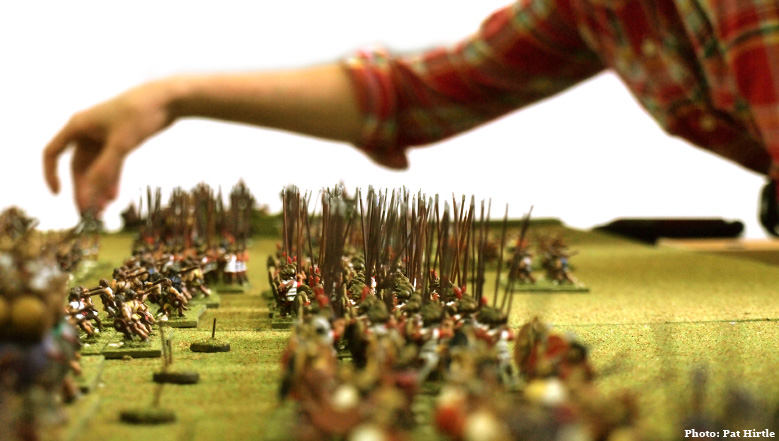I was quite pleased about that - clearly recent over-eating had been having some positive results - and started sweating a little more in manly pride.
It turns out she was talking about one of the actors in her latest TV drama, but the thought has stuck with me all week: "a man like a hero of old."
Well, wouldn't you know it, but some desultory reading around Caesar has in fact thrown up some pretty compelling similarities between that particular hero of old and my own self. I would enumerate them to my wife, but I fear that just right now the reception might lack a sense of gravity appropriate to the occasion.
Luckily, I have a blog. What's a blog for if not to face facts now and then? Anyway, here are some of the similarities I found. I think people will agree that the resemblance is strong.
 |
| By Louis le Grand - own work / Altes Museum Berlin (Berliner Museumsinsel), Public Domain |
For authenticity, I will quote the English translations of the original texts followed by Commentaries of my own.
Exhibit the first:
"His baldness was a disfigurement." (Suetonius, Life of Julius Caesar, 45.2)
Hardly needs any explanation. Granted, I don't comb forward like he did, and I'm not especially ashamed of imitating a bowling pin, but it is 2018, and expectations have changed.
Exhibit the second:
"When he was at leisure and was reading from a history of Alexander, he was lost in thought for a long time, and then burst into tears. His friends were astonished and asked the reason for his tears. 'Do you not think,' said he, 'it is matter for sorrow that while Alexander, at my age, was already king of so many peoples, I have as yet achieved no brilliant success?'" (Plutarch, Life of Caesar, 11.5-6)
Again, no real need for explanation here, except that perhaps in my case I burst not into tears. It was more a sort of mournful grimace.
Exhibit the third:
"That he drank very little wine not even his enemies denied." (Suetonius, Life of Julius Caesar, 53.1)
Very true. That said, it's not so much that I wouldn't drink wine, it's that I prefer beer, gin, or whisk(e)y.
Exhibit the fourth:
"Many came to see him, and he gave each one what he wanted." (Plutarch, Life of Caesar, 20.2)
Caesar gave to friends and political allies; I give to various taxation authorities. But the shared devotion to doing one's civic duty is undeniable.
Exhibit the fifth:
"And the reason that he refused to lead his troops out to battle was not that he did not believe they would win, although they were inexperienced and outnumbered, but he considered that it mattered what kind of victory it would be: for he reckoned it would be a stain on his character if after achieving so many successes, defeating such great armies, and winning so many splendid victories, he was generally thought to have wrung a blood-soaked victory from the remnant of his opponents' forces when these had only been scraped together after a rout. He had accordingly made up his mind to put up with their boastful self-glorification until some of his veteran legions appeared as part of his second convoy." (Anonymous, The African War, 31)
I too wait for the veteran legions, even though I know I would win. It's just a point of personal pride. One must maintain one's standards, even in a foreign country. In fact, especially then.
Well, there's plenty more where that came from - and I could draw from the well all day - but I think I can justly claim to have made my point.
A man like a hero of old.
I might wait till the TV drama season ends, and then present this evidence to my better half. I'm sure she'll agree with me eventually. After all, Caesar's wife must be above suspicion!






